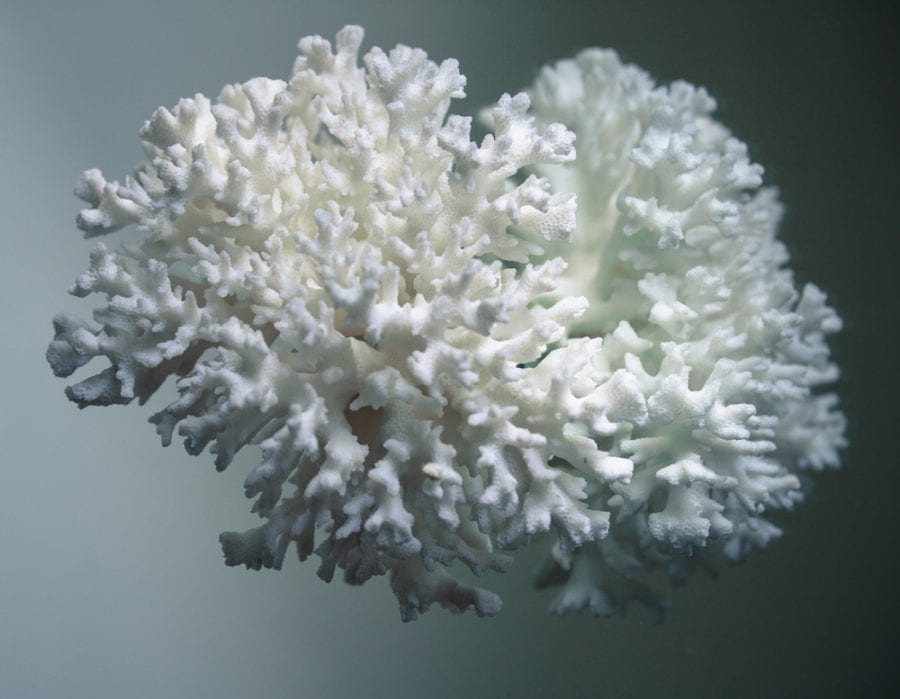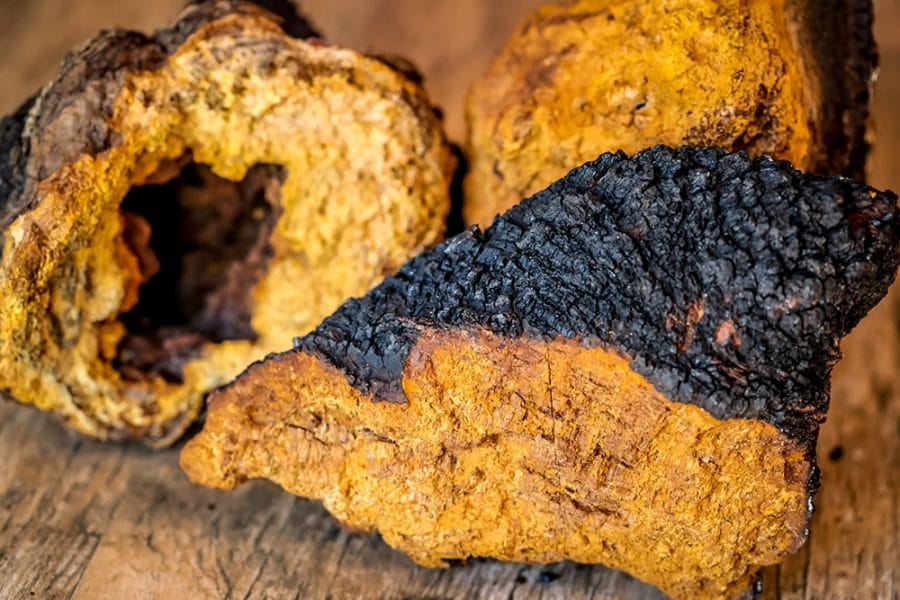Breathe Easier: Natural Remedies to Improve COPD Quality of Life
Chronic Obstructive Pulmonary Disease, or COPD, is a disease that affects at least 16 million Americans. In fact, experts believe that millions more may suffer without treatment because a doctor has not diagnosed them yet. COPD is a serious condition and can be deadly if not treated properly.
COPD is a general condition that refers to a group of lung diseases. It typically presents as two main types. The first is emphysema, which is where the air sacs that fill the lungs with oxygen and the walls between them become damaged and lose elasticity.
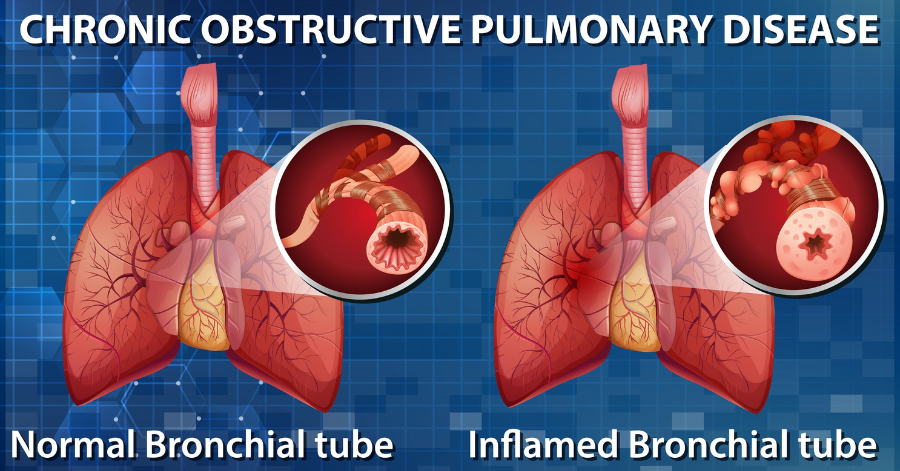
The other type is chronic bronchitis, where the airways become irritated and inflamed, which causes them to swell and make mucus. Most of the time, people with COPD suffer from both forms.
The disease is usually caused by long-term exposure to irritants. Although smoking is the most common cause of COPD, it can also come from exposure to other chemical irritants.
At first, the symptoms of COPD are often mistaken for a cold. However, as the disease progresses, the symptoms often grow worse and are difficult to ignore. These symptoms include:
- Shortness of breath, even during mild exercise
- Wheezing
- Chronic cough
- The need to clear mucus every day
- Frequent illnesses and colds
- Chest tightening
- Fatigue
- Swelling of legs, ankles, or feet
- Weight loss, in later stages.
Diagnosis is based on symptoms and a physical exam. Diagnostic tests, such as imaging, arterial blood gas, and lung function tests, are also used to diagnose the condition.
How Traditional Methods Can Help COPD
Although preventable, there is no cure for COPD. There are, however, ways to treat COPD to help reduce inflammation and lower mucus production. Traditionally, practitioners have long used herbs and plants to do just that.
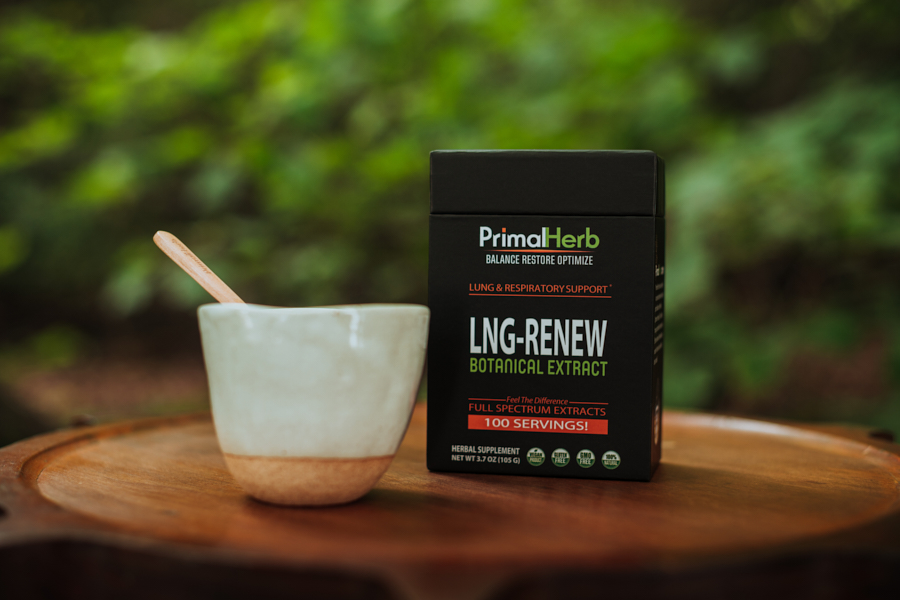 Learn More About LNG-RENEW – Click Here
Learn More About LNG-RENEW – Click Here
Mullein Leaf
A rich, aromatic plant native to Africa, Europe, and Asia, mullein leaf has been used for centuries to treat a wide variety of conditions. Traditional practitioners have long used mullein leaf to treat inflammatory pulmonary disorders, including chronic cough.
Modern researchers have pinpointed many properties in mullein leaf that support its traditional uses. Mullein leaf is rich in anti-inflammatory properties, which can help improve many of the symptoms of COPD.
Although no human studies have been completed, so far, an initial test-tube study showed potent anti-inflammatory properties. In one animal study, researchers found that it has properties to calm spasms, contributing to coughing episodes. This same study pinpointed many of the powerful properties in mullein leaf, including saponins, flavonoids, and tannins, which help reduce inflammation.
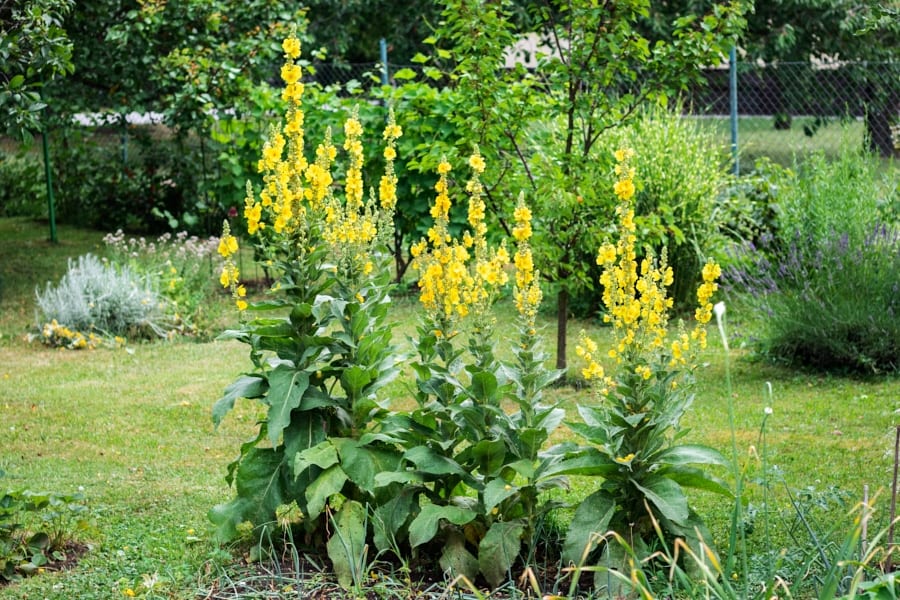
COPD leaves sufferers particularly at risk for colds and infections. Chronic inflammation and lowered immunity often leave them susceptible to catching nearly everything. Mullein leaf can provide extra protection from both viruses and bacteria by strengthening the immune system.
Studies found that mullein leaf is useful in fighting various kinds of bacteria. One study on children found that it helped fight off ear infections, often caused by bacteria. Another 2019 test-tube study found that it fought multiple strains of bacteria.
A 2015 test-tube study also found that it contained antibacterial properties against several bacteria strains, including e. Coli, strep, staph, and candida. Another test-tube study found that mullein leaf had significant enough antibacterial activity to warrant further research for a potential medicine.
In addition, research has found mullein leaf effective against viruses. Studies show that it is effective against multiple strains of the herpes virus and influenza. A 2017 study even found that it has potentially potent antiviral activity without toxicity even at higher doses.
Research is limited to specific strains of viruses and bacteria, so it may support the immune system’s fight against even more.
Elecampane Root
A beautiful plant related to the sunflower, elecampane root, has been used throughout history to treat various lung and stomach ailments. In fact, it was widely used in lozenge form during the 17th century.
Today, elecampane has exciting potential in improving some of the symptoms and issues related to COPD.
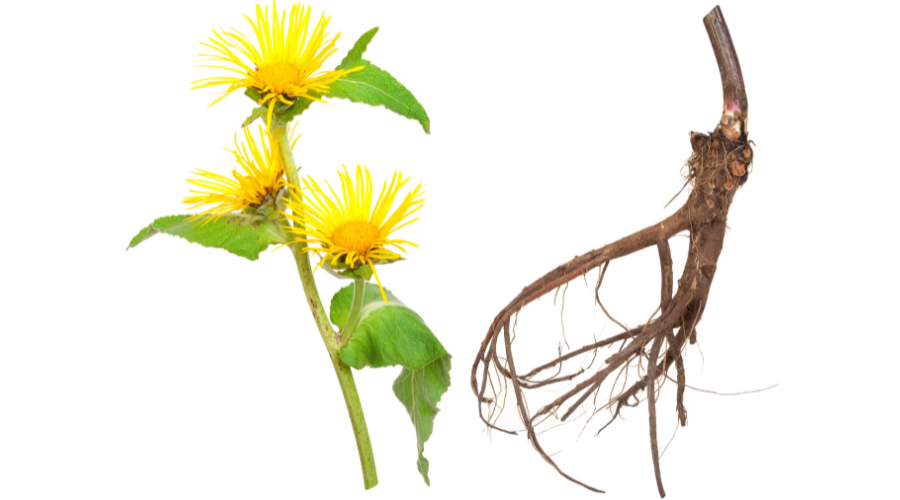
For a long time, the medical community failed to understand the microbiome’s importance and its impact on the lungs. Until recently, many believed the lungs were sterile and sought to eliminate all bacteria from the lungs.
However, there is new exciting research on the importance of the microbiome and its impact on COPD. Scientists have found that healthy lungs have bacterial diversity and this decline in diversity accompanies COPD. Chronic inflammation also largely contributes to COPD’s development and progression of COPD and is largely affected by the gut microbiome.
Elecampane can provide valuable help in developing a healthy microbiome. Prebiotics provide valuable food for the gut and feed the beneficial bacteria. This contributes to a more diverse microbiome. Elecampane is a powerful prebiotic. It contains up to 44% inulin, which is a carbohydrate that can help diversify the microbiome.
In addition, calming inflammation is a critical factor in controlling many of the symptoms of COPD. Elecampane contains strong anti-inflammatory properties to help calm any underlying inflammation.
Elecampane also contains antioxidants. In fact, one 2019 study found that it was particularly potent for treating inflammation in the lungs. Another study found that is helped relax throat muscles to ease coughing, another problem common with COPD.
Between its ability to promote microbiome, reduce inflammation, and ease coughing, elecampane can provide a powerful boost.
English Ivy
An unassuming, common household plant adorning houses and gardens worldwide, English ivy is actually a potent health remedy.
It has been used throughout history for its anti-inflammatory properties. Modern research has found that it is a potent medicine used specifically for the lungs.

Scientists have studied ivy fairly extensively for its ability to soothe the lungs and relieve cough. One study found that ivy contained anti-inflammatory properties that helped ease any pain while coughing. Another found that it was effective for soothing a sore throat from coughing.
Ivy can provide powerful relief from coughing as well. A study of over 17,000 patients confirmed that it helped soothe coughing. Another 2016 study found it was a safe cough treatment. A double-blind, placebo-controlled study on acute bronchitis, the gold standard of scientific studies, also confirmed that it soothed coughs.
Research has also found that ivy is an effective expectorant, which means it aids the body in removing mucus.
With its powerful ability to protect and support the lungs, ivy is a potent aid for COPD sufferers.
Japanese Honeysuckle
A beautiful plant that offers sweet nectar during the late summer, there are over 200 variations of honeysuckle around today. However, one particular variety, Lonicera japonica or Japanese Honeysuckle, has been used by Traditional Chinese Medicine practitioners historically for its anti-inflammatory properties.
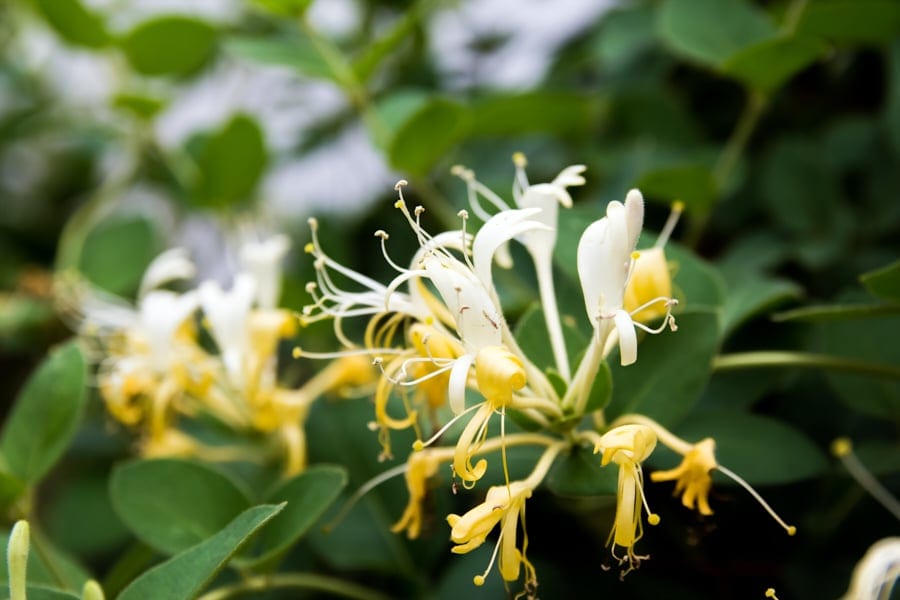
Modern science has also uncovered its many benefits for health and wellbeing.
Studies have found over 140 potent compounds in Japanese honeysuckle to support human health. These compounds include anti-inflammatory and antioxidants.
Research shows that honeysuckle can help modulate inflammation in the body for optimal levels. This means that it can help lower chronic inflammation that is common with COPD. However, rather than merely suppressing inflammation response, it can also raise levels whenever needed.
While chronic inflammation is detrimental to human health, acute inflammation is actually essential. When healing from an injury or fighting off an infection, for example, inflammation helps protect and heal the body. Honeysuckle supports the body, depending on its needs.
Although the reason is not entirely apparent, there is a rising prevalence between COPD and type 2 diabetes worldwide. There is increasing evidence that links COPD with developing diabetes.
Many people who suffer from COPD also find that they need support for high blood sugar as well. Honeysuckle can help.
A 2015 study on rats found that those who supplemented with honeysuckle for four weeks saw decreased blood glucose levels and insulin resistance. Another 2017 study on rats also found that it helped reverse oxidative stress in the liver and improved blood sugar levels.
It’s ability to modulate the inflammatory response is also useful for diabetes. One study found that honeysuckle was able to inhibit the progression of diabetic nephropathy, which is a serious complication of diabetes. Although the research is limited at this point, it is promising.
Research also shows that honeysuckle helps support the immune system, which can often suffer from COPD. A 2018 study in mice found that it raised Natural Killer (NK) cells.
These NK cells are essential to the immune system. It helps the body fight off both disease and cancer. Considering that there is a connection between COPD and lung cancer, honeysuckle can provide vital support. A 2020 study found that it helped reduce the risk of cancer by improving the immune response, while another study found that it had immune-modulating benefits in mice.
Osha Root
As part of the carrot and parsley family, Osha root is not easy to find. It is typically found high up in the Rocky Mountains and the high parts of Mexico.
Indigenous people from these areas have long relied on it to improve their health and wellbeing. Today, research has continued to find that Osha root has potent health benefits.
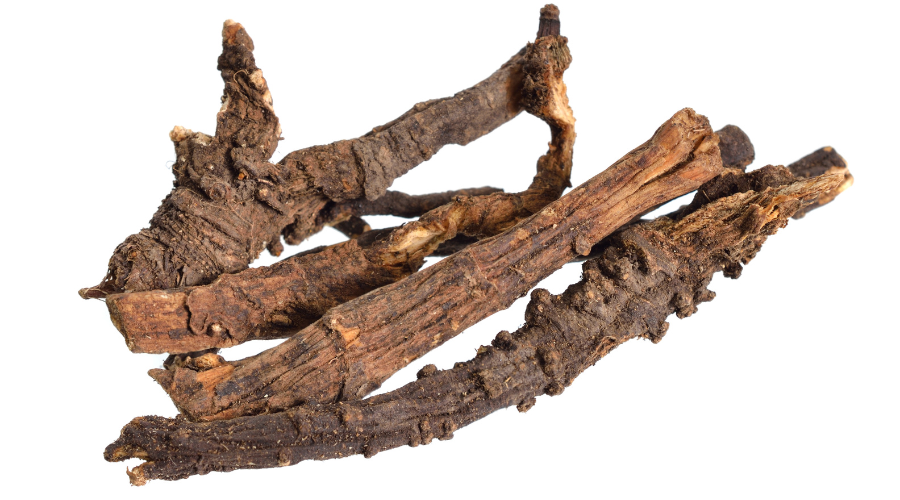
Traditionally, Osha root was spread on wounds to fight off infection. Although there is no current science to support this use, there is evidence that it can help support immune function.
Research has found that certain compounds within Osha root have antimicrobial effects to help reduce the chances of infection. In addition, studies have found that it is effective against several strains of bacteria, including e. Coli, bacillus cereus, and staph infections.
People who suffer from COPD often find themselves at risk of other diseases that result from oxidative stress, such as heart disease and diabetes. Osha root can provide a valuable dose of antioxidants to help counteract oxidative stress.
One test-tube study found that it helped protect against oxidative damage. Another test-tube study found that it had significant antioxidant activity to reduce inflammatory markers.
Researchers have found that Osha root contains compounds that produce antimicrobial effects, which can help boost the immune system and protect against sickness.
These compounds are difficult to find and obtain elsewhere, making Osha root a uniquely helpful supplement. One study found that it was able to fight otherwise drug-resistant staph infections.
Osha root is incredibly helpful for people with COPD to maintain healthy immune.
In addition, there is limited evidence that Osha root might be able to support healthy blood sugar levels and provide some protection from diabetes. A study on mice that had type 2 diabetes showed that it significantly reduced blood sugar.
Osha root contains a wide variety of benefits that can help support those who have COPD.
Lifestyle Tips for COPD
While supplements can provide powerful support to help improve COPD symptoms, it’s impossible to out-supplement a poor lifestyle. Any change towards health will help improve the outcome and slow down the progression of the disease.

Here are some ways to manage COPD with healthy lifestyle changes
Quit smoking. Smoking accounts for close to 80% of COPD-related deaths. Despite this, nearly 38% of COPD sufferers are current smokers.
There are a few ways to improve human health faster than to give up cigarette smoking. Even within hours of quitting, the lungs and body start to heal.
For COPD, in particular, quitting can help improve oxygen intake and breathing. One 5-year study found that those with severe COPD that quit smoking increased their survival rate.
Giving up smoking in all its forms, including cigarettes, vaping, pipe, and cigars, is not easy. Many people fail on the first try, and it often takes several attempts. To help increase odds of success, try not to go through it alone. Talk to a doctor for tips and help, and get support.
Avoid Pollutants. While smoking is a significant cause of toxins, they are not the only pollutants that can damage the lungs. If you work in a place where you are exposed to irritants, speak with your employer about being moved out of its way.
Also, work on improving home air quality. According to the EPA, some pollutants are 2 to 5 times more concentrated indoors than outdoors. Consider buying a HEPA filter to filter the home air.
Stick to a Low Inflammatory Diet. A diet high in nutrients and low in inflammation can be a powerful tool in maintaining our health. Even small changes, such as eating less junk food and more fruit, can help reduce the weight that makes breathing more difficult.
Diet can be potent in raising and lowering inflammation, which will affect COPD symptoms. Avoid inflammatory foods such as sugar, refined flours, and inflammatory oils, such as canola. Instead, reach for fresh fruits, vegetables, nuts, meats, and healthy fats, such as olive, avocado, and coconut oil. Not only can it help reduce symptoms, but the right diet can improve energy, mood, and weight.
Stay Active. Although often more difficult, continuing to stay active with COPD can benefit the lungs. Exercise helps train the lungs to use oxygen efficiently, which helps reduce shortness of breath. Find calm exercises, such as walking, light yoga, or gardening, that can provide a gentle way to stay active.
Practice Good Hygiene. COPD not only leaves sufferers more vulnerable to illness, but illness can also exacerbate symptoms. Try to avoid sickness as much as possible by practicing healthy hygiene habits. Wash hands regularly, avoid contact with others who are sick and wear a mask when advised. Simple actions to avoid catching a virus or bacteria can help improve wellbeing in the long run.
Avoid Chronic Stress. Constant stress fuels the inflammation that can exacerbate COPD. Unfortunately, living with a chronic disease like COPD also fuels anxiety.
Find ways to relieve stress to incorporate into daily life. Exercise, meditation, prayer, and fun hobbies are all ways to improve stress levels for better health and quality of life. Speak to a professional, such as a doctor or therapist, to help find appropriate coping mechanisms and outlets when dealing with chronic disease.
Making lifestyle changes not only helps slow down the progression of COPD but improves general wellbeing. Taking the time to instill healthy habits will enhance life quality, leading to an overall better life.
Breathe Deeply with LNG-RENEW
COPD is a serious condition that requires care and attention, but it does not mean that life has to stop completely. With the right doctor oversight, lifestyle changes, and natural treatments, those who have COPD can reduce their symptoms and improve their quality of life.
Certain herbs have been used throughout history to improve many of the symptoms of COPD. Backed by traditional use and scientific studies, LNG-RENEW can offer the support needed when navigating life with COPD.
GET SOCIAL – LIKE, COMMENT, PIN, AND SHARE!
Recommended
Discover Gynostemma: Nature’s Answer to Chronic Pain Relief
Pain isn’t always simple. Pain can be acute or intense, but it can also be chronic, subtle, and life-changing. No matter what pain may be like, it can be limiting. More frustrating are the limited …
Elevate Your Memory: Nature’s Best for Cognitive Boost
It can be frustrating, the way it infiltrates anything and everything in one’s routine. At first, we might not be able to put a finger on what’s going on, or even think of it as …
Chaga Mushroom Unleashed – The Research Continues to Amaze!
There are culinary mushrooms we know quite well, like button mushrooms, portobellos, even shiitakes. There are also healing mushrooms like reishi we know as supplements, too. Then there is chaga mushroom. This fungus—which looks more like …
- Exclusive Offers
- Product Giveaways
- Latest Research
- New Product Launches


